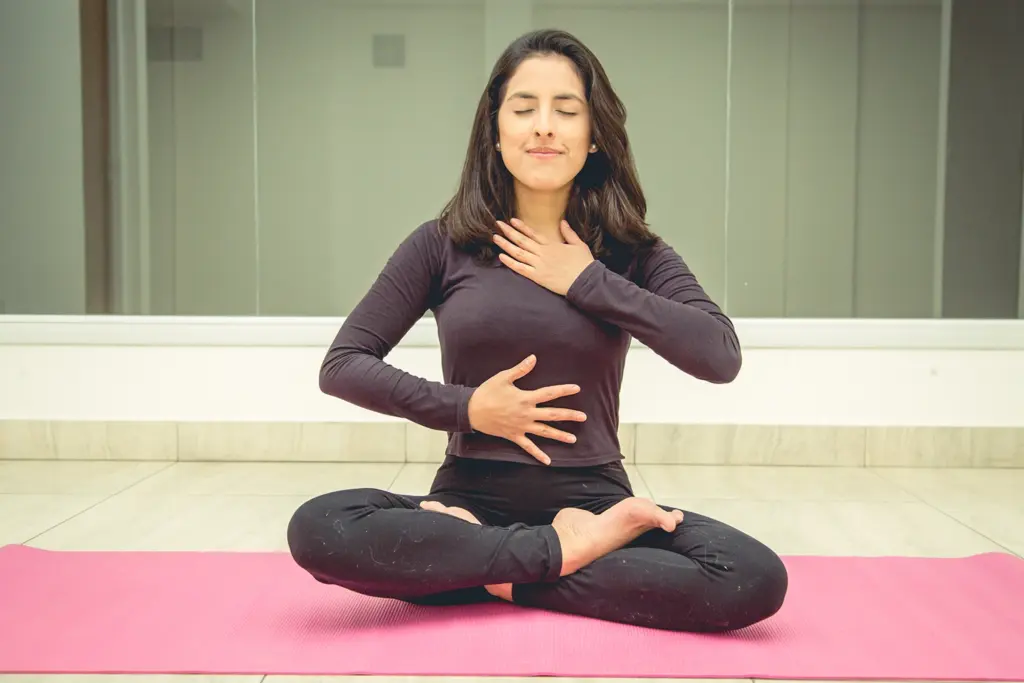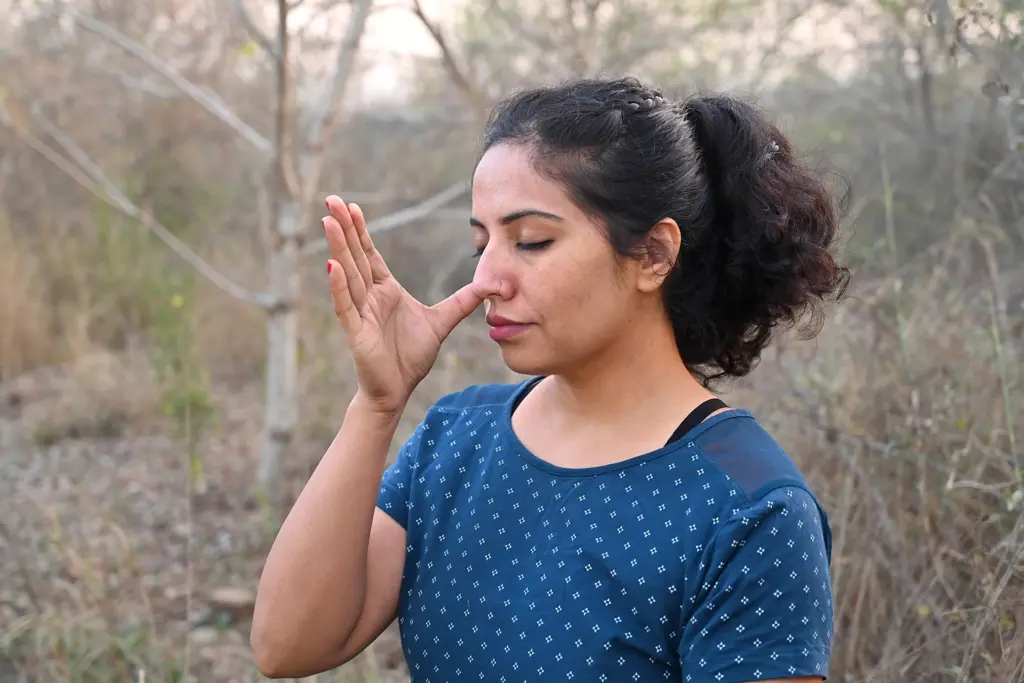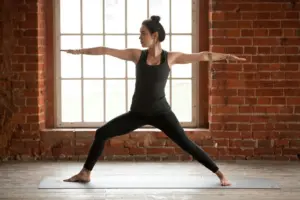
Pranayama for beginners: We breathe without thinking. But have you noticed how breath changes with our state of mind? It’s short and shallow when we’re anxious and slow and deep when we’re calm. That’s the power of breathing: it links mind and body. Pranayama, the yogic practice of controlled, intentional breathing, builds on this connection to help steady the nervous system and promote focus and ease.
Why start with pranayama?
Before learning techniques, it helps to know why pranayama matters. Controlled breathing activates the parasympathetic nervous system, promoting relaxation. As the breath steadies, thoughts become clearer, and regular practice strengthens the respiratory system. Breathwork fosters calm and emotional balance, preparing the mind to sit still, focus inward, and meditate more effectively.
Also Read | Tai chi vs. yoga: Which is better for seniors?
Here are some beginner-friendly pranayama techniques:
Box breathing:
This is one of the simplest breathing techniques, and it is a favourite among athletes, clinicians, and even military professionals for staying calm under pressure. Picture a square. Each side represents a phase of breath, like inhale, hold, exhale, hold; all for equal counts. This “box breathing” pattern helps steady the nervous system and is especially helpful if you often feel anxious or restless.
How to practice Box Breathing:
- Sit in a comfortable position with your back straight.
- Inhale through your nose to a slow count of 4.
- Hold your breath for a count of 4.
- Exhale gently through your nose for a count of 4.
- Hold your breath again for a count of 4.
Benefits of Box Breathing:
- Quickly reduces stress and calms the mind.
- Improves focus and concentration.
- Helps regulate heart rate and blood pressure.
Anulom Vilom:
It is a traditional pranayama that uses alternate-nostril breathing to promote balance between the brain’s left and right hemispheres. It’s believed to harmonise the body’s energy, calm the nervous system, and support mental clarity and focus.
How to practice Anulom Vilom:
- Sit comfortably with your spine straight.
- Place your left hand on your knee in a relaxed position.
- With your right hand, use your thumb to gently close your right nostril.
- Inhale slowly through your left nostril.
- Now close the left nostril with your ring finger and release the right nostril.
- Exhale through the right nostril.
- Inhale through the right nostril, then close it.
- Exhale through the left nostril.

Benefits of Anulom-Vilom:
- Improves lung health and oxygen flow.
- Calms the nervous system and reduces anxiety.
- Enhances concentration and memory.
- Balances energy flow in the body.
Humming bee breath (Bhramari):
It is a deeply soothing breath practice. As you exhale, you create a gentle, bee-like hum; the vibration helps calm the nervous system, quiet a busy mind, and promote a sense of ease.
How to practice Bhramari:
- Sit in a quiet place with your back straight.
- Close your eyes and relax your body.
- Place your index fingers gently on your ears (to partially close them).
- Take a deep breath in through your nose.
- Exhale slowly while making a humming sound, like the buzzing of a bee.
- Feel the vibration in your head and chest.
Benefits of Bhramari:
- Relieves tension, anger, and frustration.
- Helps with insomnia and improves sleep quality.
Also Read | Struggling with sleep or focus? Try these yoga breathing techniques
Pranayama is more than “just breathing”. It’s a way to connect with your inner self through mindful breathing. You don’t need special equipment or long sessions; a few minutes, a quiet space, and the intention to breathe with awareness are enough to calm the mind and steady the body.








